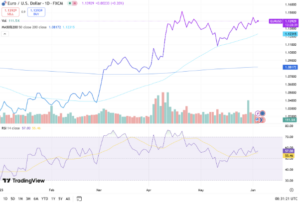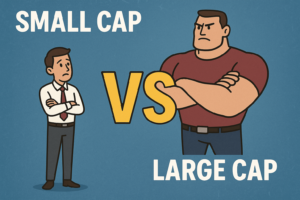The global economic landscape is becoming increasingly uncertain, and the United States is right at the center of it. Recently, the OECD lowered its forecast for U.S. economic growth, expecting the economy to expand by just 1.6% in 2025 and 1.5% in 2026. This is a sharp drop from earlier expectations of 2.2% growth, highlighting the growing impact of rising tariffs and political uncertainty.
One of the major reasons for the downgrade is President Donald Trump's renewed focus on tariffs. His administration has imposed new duties on several countries, leading to legal battles and confusion in global trade. Some of these tariffs were briefly blocked by courts, only to be reinstated shortly after. Trump has even proposed doubling tariffs on steel, sending shockwaves through the manufacturing and investment sectors.
The result is a cloud of uncertainty that has discouraged businesses from making long-term investment decisions. With unclear trade rules and the risk of more tariffs being introduced at any time, companies are holding back on spending and hiring. Consumers are also more cautious, slowing down overall economic activity.
Other factors have added to the slowdown. The U.S. is experiencing reduced levels of net immigration and a shrinking federal workforce, both of which limit labor market growth and productivity. These changes have collectively reduced the country's capacity to grow quickly.
Globally, the outlook isn’t much better. The OECD now expects global GDP to grow by 2.9% this year and in 2026, down from previous forecasts of 3.3% and 3%. The slowdown is especially noticeable in North America—particularly in the U.S., Canada, and Mexico—while other economies are seeing milder changes.
Meanwhile, inflation is expected to rise in the U.S. despite a global decline in commodity prices. The OECD believes that higher trade costs from tariffs will push up prices, especially in the United States. Inflation could reach as high as 4% by the end of 2025, a troubling sign for households already dealing with elevated living costs.
However, there is a silver lining. Technological advancements—especially in areas like artificial intelligence and robotics—are helping boost U.S. productivity. These innovations might give the country a competitive edge in the long term, but only if trade barriers are eased and investment confidence is restored.




